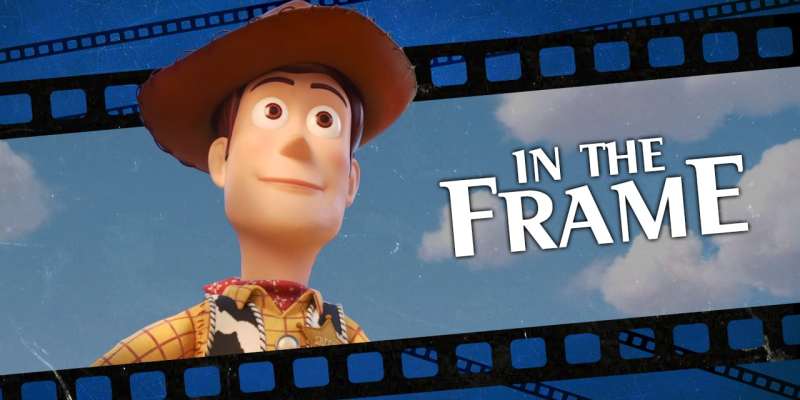When you ask people what they love about Pixar movies, they tend to gravitate towards the big emotional scenes — and understandably so.
Pixar has produced no shortage of powerhouse sequences over the years: the heart-breaking opening montage in Up, two robots dancing and flirting in WALL-E, Jessie (Joan Cusack) recalling the separation from her owner in Toy Story 2. These are the sequences that can melt the heart of even the most stony-faced audience member, leaving not a dry eye in the house.
Toy Story 3, which celebrates its 10th anniversary this month, has no shortage of such sequences. Late in the film, the toys find themselves being pulled towards the burning heart of the garbage incinerator, gently taking one another’s hand so that each may know they are not alone. Later, Andy (John Morris) bids farewell to his beloved toys, gifting them to Bonnie (Emily Hahn).
These sequences stay with audiences because they pack a genuine emotional punch. However, the success of these moments tends to overshadow some of Pixar’s other narrative accomplishments. Indeed, some critics argue that a movie like Up is somewhat overrated because the rest of the film fails to live up to those virtuoso opening moments.
Still, there’s a reason that Pixar is considered the benchmark in terms of American cinematic animation. Much has been made of the studio’s famous 22 rules of storytelling, which offer a guideline for their internal development. However, those 22 rules allow for a great deal of versatility in the kinds of stories that Pixar can tell. Their films cover a wide array of genres.
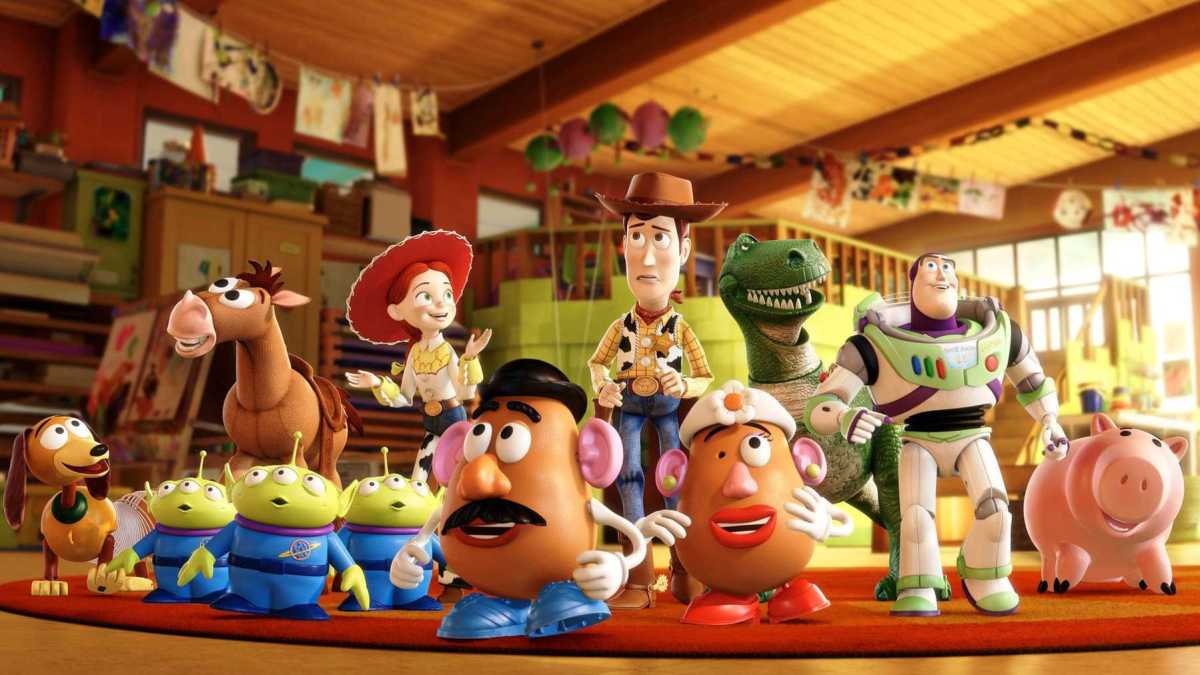
Of course, there are legitimate concerns about the quality of the studio’s output since it was purchased by Disney, particularly given the studio’s increased reliance on sequels and the high-profile behind-the-scenes struggles on movies like Brave and The Good Dinosaur. However, even within these sequels there is a lot of genre experimentation, giving each a unique flavor.
Consider the Cars trilogy, roundly thought to be the studio’s weakest franchise: The first is a classic fish-out-of-water story, the second is an espionage adventure, and the third is a story of trauma and recovery. Each sets a distinct tone and approach. Toy Story is a road movie about two toys trying to get home. Toy Story 2 is a movie about a daring rescue. Toy Story 3 is effectively a prison movie.
Pixar never hides its influences. Instead, the studio takes great pleasure in applying these familiar genre trappings to family-friendly entertainment. “Pull apart the stories you like,” advises the tenth of the studio’s narrative commandments, and there’s a sense in which the creators working on Pixar films love to share their own affection for the breadth and diversity of cinema.
Toy Story 3 is quite explicit in terms of positioning itself as a prison movie. “We spent a lot of time watching prison break movies,” Lee Unkrich confessed in press around the movie’s release. The poster tagline promised audiences “The Great Escape.” The threequel quotes liberally from classic cinema, even borrowing the concept of “the box” from the Paul Newman classic Cool Hand Luke.
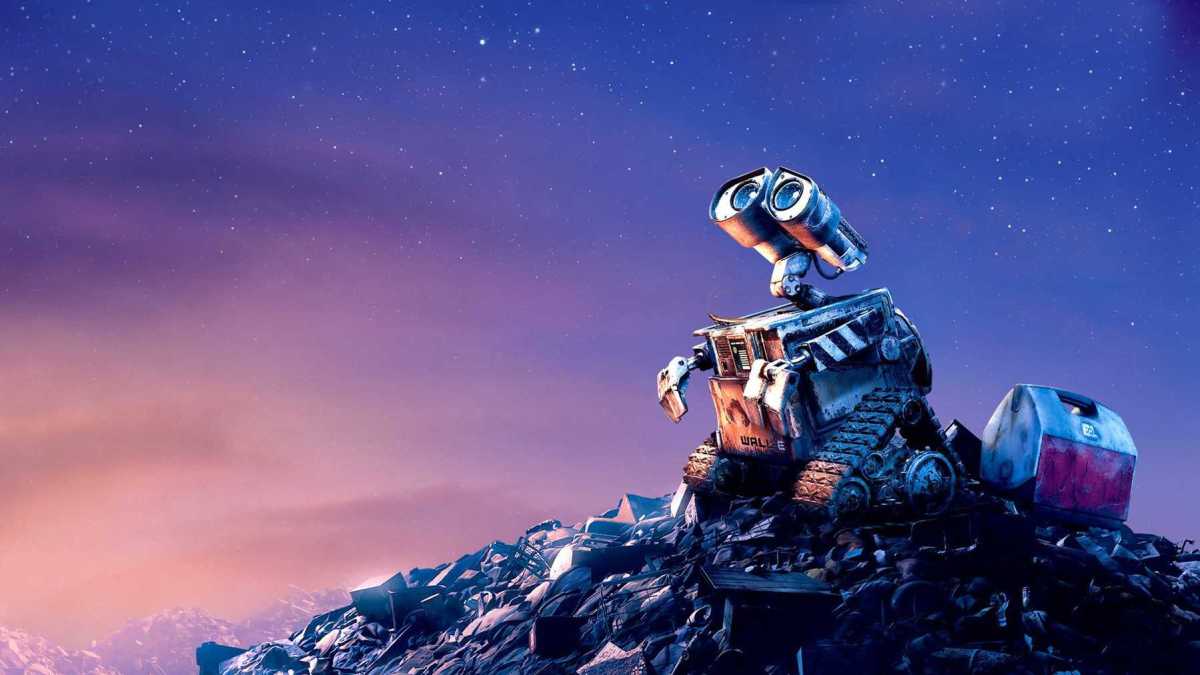
These references don’t exist as inside jokes for the target audience. It’s highly unlikely that the children watching Toy Story 3 will “get” allusions to The Shawshank Redemption or The Great Escape. Instead, they serve as a way to take the tried-and-tested narrative framework and apply it to a family film. These story elements worked for adults, so why not for whole families?
Indeed, it’s surprising how overt Toy Story 3 is in its homage. Buzz’s (Tim Allen) description of what will get toys put “in the box” quotes heavily from The Bridge on the River Kwai, while the characters have to pass through filth to survive like in The Shawshank Redemption. At one point, Buzz is held down and forcibly reset to factory defaults in a sequence that evokes a brutal prison assault.
Pixar radically changed American theatrical animation. Up until Pixar emerged onto the scene with Toy Story in November 1995, cinematic animation was largely defined by Walt Disney and by its direct competitors like Sullivan Bluth Studios. There was a lot less variety in these productions, in terms of content, tone, and genre.
The Disney animated canon can largely be broken down into “princess” and “talking animal” movies. These movies have formulas and rhythms, established structures and beats. These animated classics are a genre unto themselves, populated by familiar archetypes like relatively bland protagonists and goofy comic relief supporting characters.
To pick one obvious example, many classic Disney films feature an absent or deceased mother. Prior to Walt Disney’s death in 1966, only Lady and the Tramp and 101 Dalmatians featured contented mothers. Producer Don Hahn argued that this trend was rooted in Disney’s response to the tragic death of his own mother.
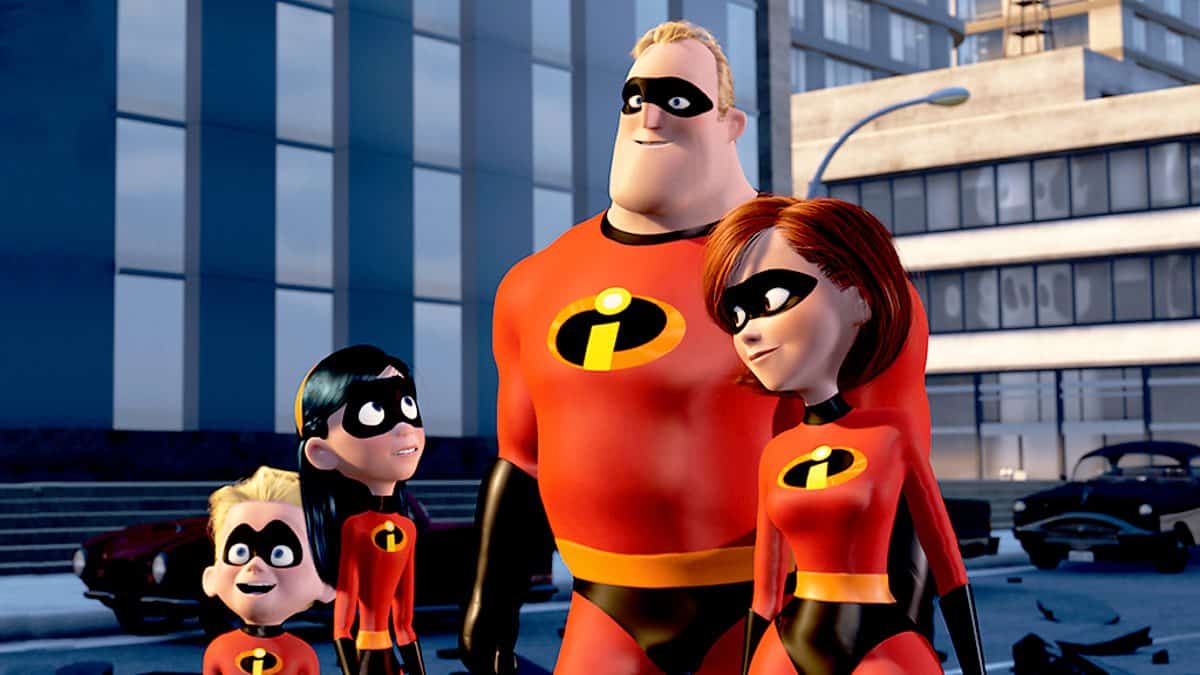
Disney animated films had their own rules of storytelling, but they were much more rigorous and codified than Pixar’s. In 1985, Christopher Vogler drafted a seven-page memo on story structure derived from the work of Joseph Campbell. It proved so popular that it was widely circulated around Hollywood, even at rival studios like Paramount.
Even during the Disney Renaissance, the studio remained narratively conservative. Writer Linda Woolverton has talked about her battles in trying to break Belle out of the princess archetype on Beauty and the Beast. “You have to understand that the whole idea of the heroine-victim was baked into the cake,” she explained. Audiences knew what to expect from a Disney film.
This familiarity was a feature, not a bug. Praising the diversity of Japanese animation in 1999, Roger Ebert observed American audiences had “tunnel vision” with animation: “They want a Disney movie, or something that looks like Disney.” Animated films from other studios tended to resemble Disney films, such as Anastasia, which has been described as “a triumph of survivability and sampling.”
As such, there’s a lot to be said for the sheer variety of stories that Pixar was able to tell in an animated framework. Monsters Inc. is a conspiracy thriller in a world of monsters, The Incredibles is a superhero film with a Hitchcockian stylistic sensibility, and Up is an exotic adventure to worlds unknown. Indeed, Pixar even offered its own riff on the Disney princess formula with Brave.
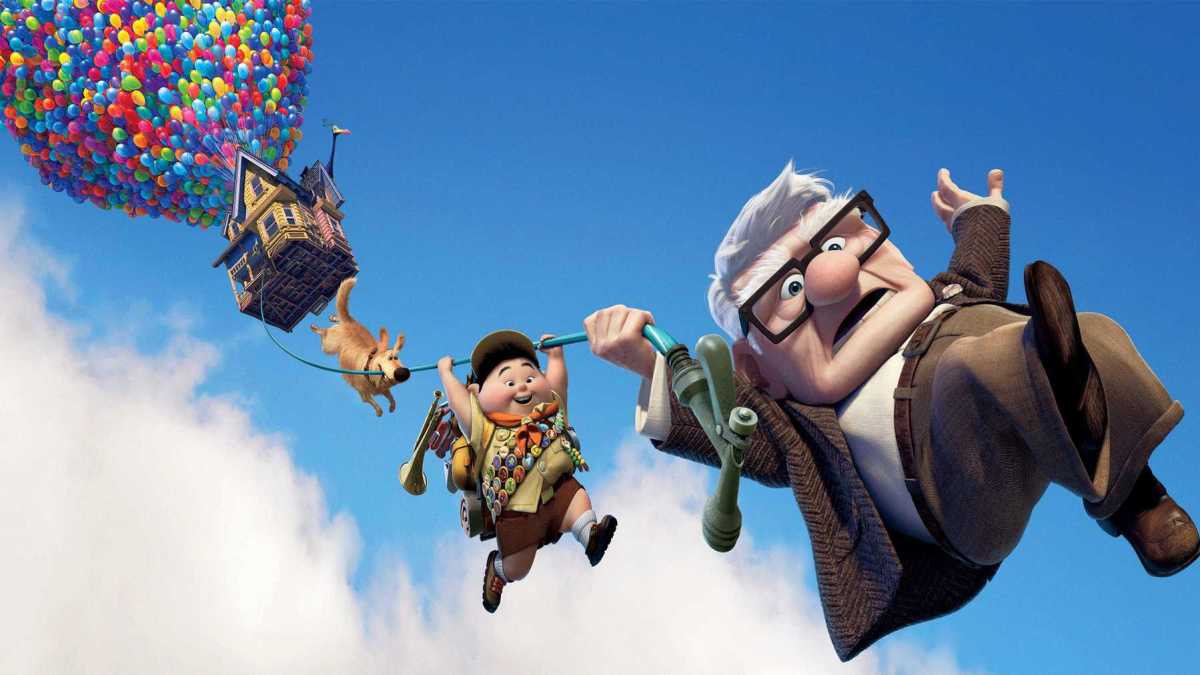
These are films that are less predictable and more unusual than the American animated films that predate Toy Story. Even within the studio, movies like WALL-E and Inside Out seemed like big creative swings, up until the point that they became huge hits. While Disney took its own chances on early releases like Snow White and the Seven Dwarfs and Fantasia, it eventually settled into routine.
Last weekend, Pixar was originally scheduled to release Soul. This is a film about a middle school music teacher named Joe Gardner (Jamie Foxx) whose soul is whisked away after an accident. Joe must journey through the afterlife and return to Earth before his body dies. It’s a bold concept for a family film, but it’s typical of what Pixar does.
Pixar has had significant influence on the industry. Studios like DreamWorks imitate Pixar much like other studios once imitated Disney. Disney itself has taken cues from Pixar. While directors Byron Howard and Rich Moore might position Zootopia as an organic extension of Disney’s “talking animal” films, it’s hard to imagine such a movie playing as a buddy cop film before Pixar arrived on the scene.
This is one of the oft-overlooked strengths of Pixar as an animation studio. Disney treated its animated films as a genre unto themselves, whereas Pixar realized that animation was a medium that could be used to tell all manner of stories. For those 22 rules, there is no single Pixar overarching narrative template.
Instead, Pixar offers audiences an array of stories that stretch to infinity — and beyond.
